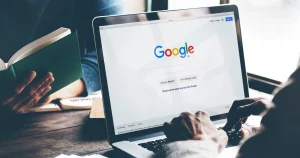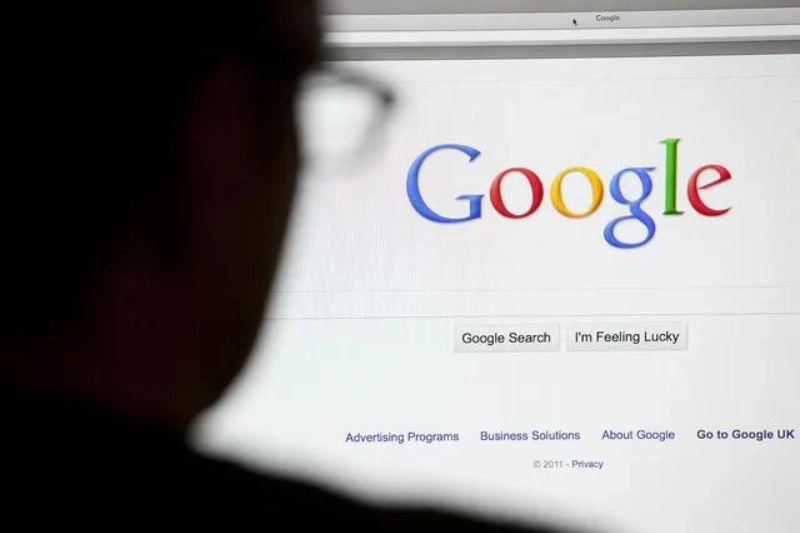Event-based marketing serves as an essential lever for enhancing search engine results page (SERP) click-through rates (CTR). By aligning promotional strategies with significant dates or events, brands can effectively capture audience attention. This method not only fosters relevance but also amplifies online visibility in crowded digital spaces. As the landscape evolves, understanding the nuances of event-driven campaigns becomes imperative. What specific strategies can brands employ to fully leverage this potential?
Key Takeaways
- Event-based marketing aligns messaging with timely trends, capturing user attention and increasing click-through rates (CTR).
- Tailored content around events improves SERP rankings by enhancing relevance and resonance with target audiences.
- Creating urgency through event-centric promotions encourages users to click and engage with brand offerings.
- Analyzing previous event-driven campaigns helps refine strategies to boost CTR and overall campaign effectiveness.
- Leveraging social media and email marketing amplifies reach, further enhancing visibility and fostering community engagement.
Understanding the Importance of SERP Click-Through Rates
The significance of click-through rates (CTR) on search engine results pages (SERPs) cannot be overstated; they serve as an essential metric for evaluating online visibility and engagement. A high CTR indicates that users find the content appealing and relevant, reflecting effective keyword optimization and enticing meta descriptions. Businesses leveraging data analytics can identify which elements drive clicks, fostering a deeper understanding of audience preferences. This strategic insight allows for tailored content that resonates with target demographics, creating a sense of belonging. In an increasingly competitive digital landscape, maximizing CTR is crucial for enhancing brand presence. Ultimately, analyzing click-through rates for SERP visibility not only boosts traffic but also cultivates lasting relationships with an engaged audience, reinforcing brand loyalty.
The Impact of Event-Based Marketing on Online Visibility
Event-based marketing serves as a powerful tool for enhancing online visibility in a landscape where click-through rates on SERPs are paramount. This approach allows brands to align their messaging with relevant events, capturing the attention of a targeted audience. By leveraging timely trends and occasions, companies can markedly boost their online presence.
Key impacts of event-based marketing include:
- Increased Engagement: Events create a sense of urgency, prompting users to click and act.
- Enhanced Relevance: Tailoring content around events resonates more with audiences, improving SERP rankings.
- Strengthened Brand Loyalty: Aligning with events fosters community and belonging, encouraging repeat interactions.
Ultimately, analyzing click-through rates for SERP visibility reveals the effectiveness of event-based marketing in driving organic traffic.
Strategies for Implementing Event-Based Campaigns
Implementing effective event-based campaigns requires a strategic approach that aligns marketing efforts with significant moments in time. Organizations should first identify key events relevant to their audience—be it holidays, industry conferences, or cultural milestones. Next, they need to craft tailored messaging that resonates emotionally, fostering a sense of community and belonging among potential customers. Leveraging social media and email marketing can amplify reach and engagement, while timely promotions enhance urgency and attract attention. Additionally, integrating user-generated content can further strengthen connection and authenticity. By meticulously analyzing historical data from previous campaigns, brands can refine their strategies, ensuring they resonate deeply during these pivotal moments, ultimately driving increased engagement and solidifying customer loyalty.

Analyzing Click-Through Rates for SERP Visibility
While many marketers focus on boosting overall traffic, a crucial factor often overlooked is the analysis of click-through rates (CTR) for search engine results pages (SERPs). Understanding CTR is essential for enhancing SERP visibility and can inform strategic adjustments.
Key aspects to reflect on include:
- Keyword Relevance: Aligning content with user intent guarantees higher CTR by attracting the right audience.
- Meta Descriptions: Crafting compelling meta descriptions encourages clicks by providing a clear value proposition.
- Positioning: Monitoring the impact of ranking positions on CTR highlights the significance of appearing near the top of SERPs.
Delving into these components empowers marketers to refine their strategies, ultimately enhancing their online presence and fostering community engagement.
Measuring the Success of Event-Driven Marketing Initiatives
Measuring the success of event-driven marketing initiatives requires a strategic approach that closely examines various performance metrics. Key indicators such as click-through rates (CTR) serve as essential benchmarks for evaluating the effectiveness of these campaigns. By analyzing click-through rates for SERP visibility, marketers can gauge user engagement and interest generated by specific events. Additionally, tracking conversion rates and social media interactions provides deeper insights into audience behavior and preferences. Employing tools like A/B testing can further refine strategies by identifying which elements resonate most with consumers. Ultimately, a thorough evaluation of these metrics fosters a sense of community among marketers, as they collectively aim to enhance their event-driven initiatives and boost overall brand visibility in an increasingly crowded digital landscape.
Frequently Asked Questions
What Is the Ideal Click-Through Rate for Different Industries?
The ideal click-through rate varies by industry, typically ranging from 1-3% for most sectors. However, niches like e-commerce may achieve higher rates, illustrating the importance of tailored strategies for optimizing visibility and engagement.
How Often Should Event-Based Marketing Campaigns Be Run?
Event-based marketing campaigns should be strategically scheduled throughout the year, ideally aligning with key industry events or seasonal trends. This approach maximizes engagement, enhancing visibility and fostering a sense of community among targeted audiences.
What Tools Can Help Track SERP Click-Through Rates?
Tracking SERP click-through rates effectively requires tools like Google Analytics, SEMrush, and Ahrefs. These platforms offer detailed insights, enabling marketers to analyze click-through rates for SERP visibility and optimize their strategies for improved performance.
Can Event-Based Marketing Work for B2B Companies?
Event-based marketing can effectively engage B2B companies by fostering relationships and enhancing brand visibility. By strategically leveraging events, these companies can create memorable experiences, ultimately driving higher engagement and improving their overall marketing outcomes.
How Do Social Media Events Influence SERP Visibility?
Social media events notably impact SERP visibility by enhancing engagement and brand recognition. Increased interactions foster user interest, leading to higher click-through rates. Analyzing click-through rates for SERP visibility reveals the effectiveness of strategic event marketing initiatives.
Conclusion
To summarize, event-based marketing emerges as a powerful strategy for enhancing SERP click-through rates. By leveraging timely opportunities and aligning promotional content with audience interests, brands can create urgency and relevance that fosters engagement. This alignment not only boosts online visibility but also cultivates deeper community connections. As digital competition intensifies, the strategic implementation of event-driven campaigns becomes essential for brands aiming to optimize their search performance and drive meaningful interactions.
You May Also Like To Read:

